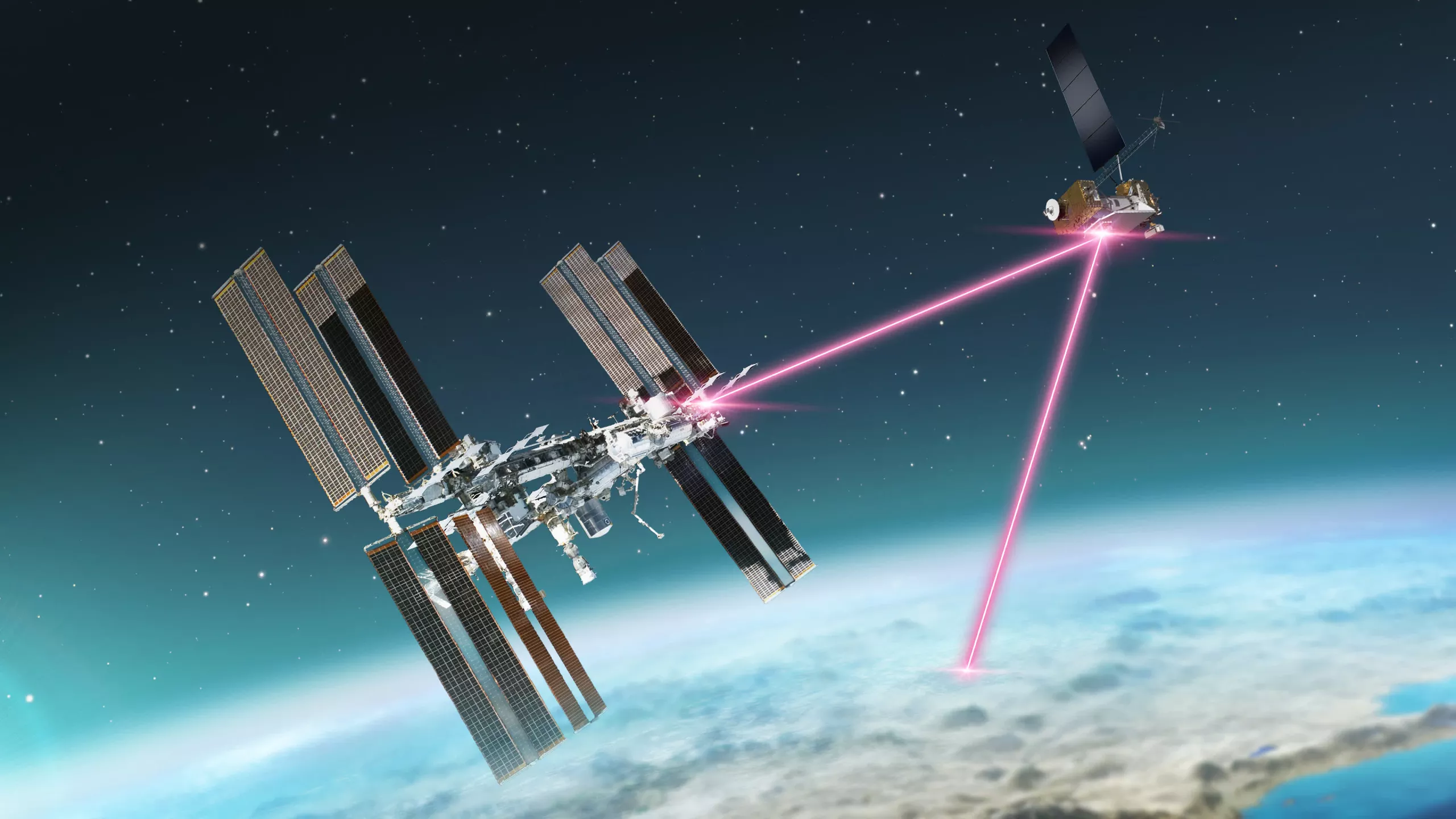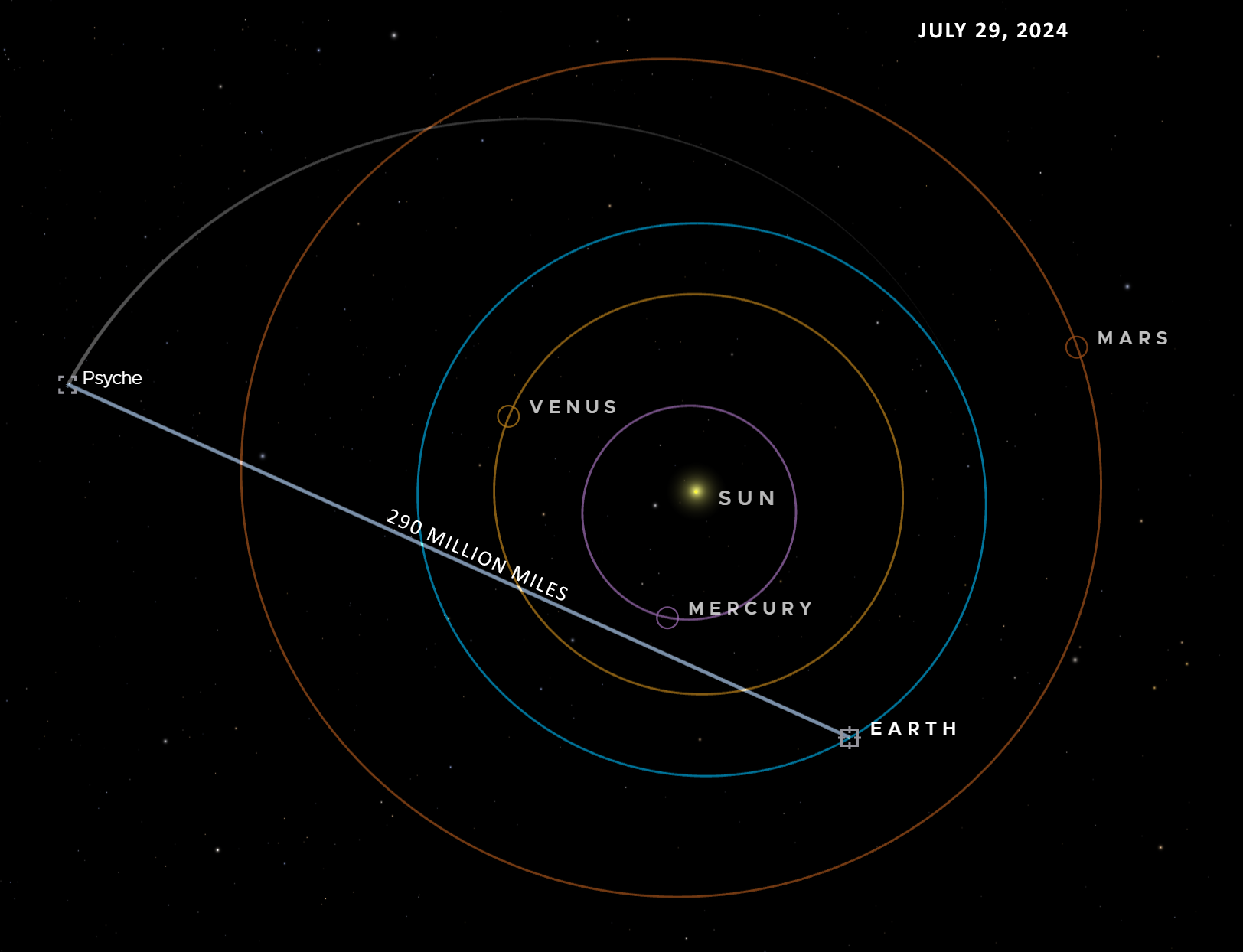Pushing the envelope: NASA is boldly going where no one has gone before with laser communications. The space agency's Deep Space Optical Communications experiment hitched a ride on the Psyche asteroid mission and achieved broadband speeds in deep space.

In late July, the Deep Space Optical Communications (DSOC) transmitted laser data across 290 million miles from the Psyche spacecraft back to Earth. That's roughly the maximum distance between our planet and Mars. The record-breaking downlink capped off the first operational phase for DSOC since its launch last October.
The test downlinked nearly 11 terabits during its first phase. Project Operations Lead Meera Srinivasan at NASA's Jet Propulsion Laboratory said the milestone confirmed laser communications could be a "robust and transformative way" to explore the solar system at extreme distances.
As one might expect, the technology doesn't work like traditional computer communications. First, DSOC encodes data into near-infrared laser light. It then beams the information between a flight transponder on Psyche and two ground stations – one for uplink at JPL's Table Mountain facility and one for downlink at Caltech's giant 200-inch Hale Telescope in San Diego County.

The high-frequency laser light allows for way more data bandwidth than traditional radio signals. Even when Psyche was a mere 33 million miles out in June, DSOC demonstrated a blazing speed of 267 megabits per second – similar to modern broadband internet speeds.
The data rates will gradually drop off as Psyche continues to its metallic asteroid destination between Mars and Jupiter. However, laser links still utterly smoke radio systems of comparable power over these vast interplanetary distances. On June 24, from over 240 million miles out, DSOC sustained a 6.25 megabit downlink with a maximum of up to 8.3 megabits.
The point of DSOC is to demonstrate the ability of laser communication to reliably transmit vast amounts of data way faster than conventional radios. To test this, the team has been beaming down some wonderfully unusual payloads besides engineering data. For example, when Psyche was 19 million miles from home in December, DSOC made history by sending the first ultra-high-def video footage from deep space starring a cat named Taters.
While DSOC's laser links may no longer match your home internet, the demo has checked all the boxes by upending expectations for deep-space communications over mind-boggling distances. One day, when we colonize Mars, technology like this will help us stream the same shows we watched on Earth up there. Of course, realistically, colonists will mostly use it for mission-critical communications.
NASA laser-based data transmission demonstrates serviceable internet 290 million miles from Earth
